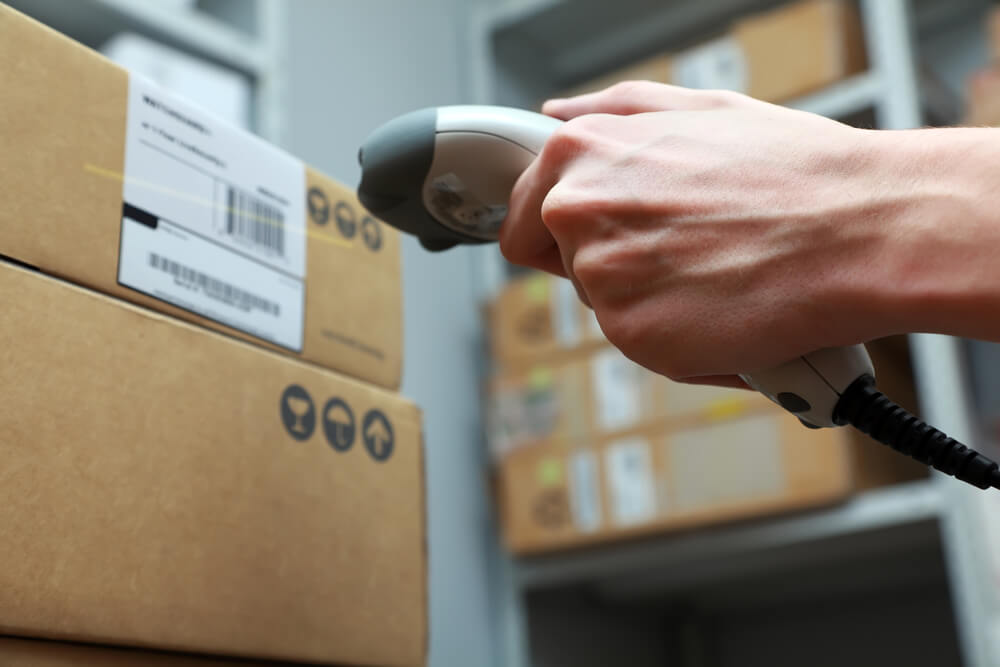Exactly 50 years ago was born a revolutionary way of coding products. Leaders from the biggest companies in the world such as Heinz, General Mills, Kroger and Bristol Meyer, understood the importance of creating more efficiency throughout the supply chain of their products. Therefore, to overcome this challenge they got together and collaborate to come up with a solution with endless possibilites. Until today we were not able to create anything better!
Global Trade Item Number (or GTIN) is the name of a numeric sequence that identifies a product in a unique way, worldwide. This was the birth of barcode and the beginning of a new era of the modern distribution! From that point forward, it was possible to identify a product regardless where it was placed.
Know the numbers:
100 million products have their own GTIN
– Used by 2 million companies worldwide
– Read more than 6 billion times per day
What is the difference between GTIN and Barcode?
GTIN is a numeric sequence of 8, 13 or 14 digits while a barcode is a way of coding a GTIN (in a graphic way, usually as a group of vertical black and white bars).
Global Trade Item Number guarantees the traceability of a product throughout its entire supply chain – from the producer to the consumer. It continues to be the key for sharing information between different parties or systems.
How was it possible to identify a product before the existance of the GTIN?
Manually! It may seem awkward but stock management, inbound and outbound movements, in the warehouse, retail or factory, were all registered by hand. It was very time consuming and with high probability of generating errors.
During World War II, innovation was seen as the key for winning the war. Thus, interesting things were presented at the time. One of those innovations would revolutionize the way distribution was made: the first Light Amplification by Stimulated Emission of Radiation – LASER – scanner. After the war, this technology was accessible in a general way and started to be used in the process of optical reading of the products. Efficiency has skyrocketed!
What to expect?
Nowadays, barcodes are accompained by other types of product codification. Things like QRCodes, Datamatrix codes, etc are seen on several products. These codes are able to store more information. For example, in the food industry it is possible to see information such as environmental impact, allergenic or nutritional information, etc on bidimensional codes printed on a product.
Batch numbers, best before or expiry dates, quantity, SSCCs, etc are also information usually printed in bidimensional codes that are very useful in logistics.
Another great usage of this standardization is in Eletronic Data Interchange (EDI) processes or even in the creation of datasets in order to generate valuable insights for business, governments, or consumers.
In the era of data, the ability to have a unique way of identifying a product is an amazing opportunity to explore new possibilites through the usage of different data sets that can be related.

Conclusion
The beneficials of using GTINs on the products are countless:
- Better identification of products minimizing errors and maximizing efficiency
- Traceability throughout the supply chain, enabling transparency and improving quality
- Usage of EDI communications
- Better usage of data sets in order to generate business insights
- Among others.
Even Google is enhancing the importance of accurate and unambiguous product information, highlighting the benefits for producers and retailers.
Logistics WMS follows the rules defined by GS1. For a paper free software, it is crucial that the usage of scanners occurs without issues. We have optimized the performance of the scanning processes (and information validation) and we can guarantee efficiency improvements that the use of the correct product coding can bring to a business.
